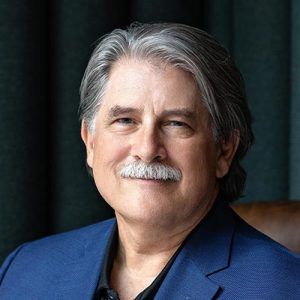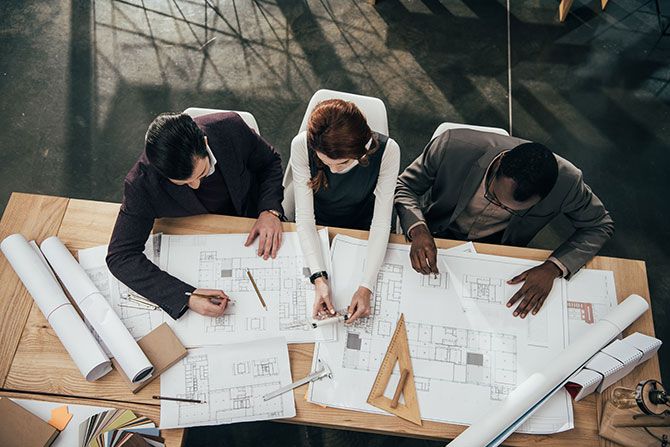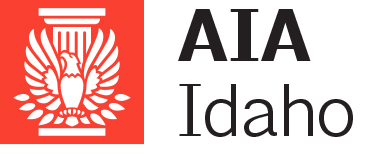The Oxford Dictionary defines “collaboration” as “the action of working with someone to produce or create something.” The Intelligent Information Management Glossary defines “collaboration” as “a working practice whereby individuals work together for a common purpose to achieve business benefit.” One can surmise, from these two definitions, that collaboration means “working together” in its simplest form. Artists and musicians collaborate frequently. Architects sometimes join forces to work on large projects, with two firms providing their respective talents and abilities. The design process requires collaboration in its best form. Sharing ideas, challenging assumptions and thinking outside the box all contribute to the collaborative design process.
In today’s world of advanced communication, information and technology, the title of Architect often refers to a group of people working in a collaborative manner on a design project. I have worked on many large, complicated building design projects where the architect or the designer could not be traced to a single person. These large projects consisted of large collaborative design and planning teams comprised of many individuals, each with a specific focus or talent that contributed to the design process. In my role as a Laboratory Architect, I have often been involved in the early concept planning and design of a new science building with the prime architect. My architect client was almost always a collaborative team of talented individuals. Many of these team members could be identified as a designer with a specific focus or specialty. Some were licensed architects, some were licensed engineers, some were licensed interior designers and some were interns working their way to licensure. Each provided a valuable contribution to the design effort.
I believe that collaboration is essential to the design process. Sharing ideas, thinking outside the box, and testing new theories all contribute to the collaboration of a building design team. Many years ago, I was reviewing a set of drawings with a CAD drawing person. There was a specific detail in the set of drawings that I did not understand. I asked, “Why is this detail drawn like this?” The answer I received was revealing: “I don’t know. That’s just the way we have always done it.” At that moment, I realized that often we do things because it is all we know. We don’t know a better way. I submit that if the answer to the question “Why do we do it this way?” is “I don’t know. That’s just the way we’ve always done it,” then right there in front of you is a golden opportunity for innovation. And collaboration between designers, planners, engineers and architects is the platform for achieving new innovation.
Build a bigger table, not a bigger wall.
Glen Berry is a fourth-generation Idahoan and a descendant of working-class British Isle and German immigrants. His mother, Marlene, was an artist and art educator. She taught Glen how to draw and paint at an early age. Glen has always been interested in art, design and architecture. As a graduate student at the University of Utah Graduate School of Architecture, Glen decided to focus his architecture career on the planning and design of science buildings. Since 1986, he has been the lead lab designer/architect for approximately 150 science buildings worldwide, with a total combined construction budget of about $5 billion and a combined gross building area of about 10 million square feet.
He has worked as a lab design consultant to Renzo Piano, Norman Foster, Shepley Bullfinch, Stantec, Gensler, Hummel, CSHQA, LPA, G70, Johnson Favaro, LMS, Mimar Group, Marlene Imirzian, Ratcliff, EHDD, WRNS, IBI Group, Thomas Hacker, Perkins & Will, SmithGroup and Lake Flato, among many others.
Glen lives in Eagle, Idaho, with his wife of 44 years, Laura Ann Chillog, a high school English teacher. He works most of the time from his home office and travels occasionally for his studio assignment with the San Francisco office of Gensler. Glen is an associate at Gensler and an active part of the science design studio, currently working on several large-scale science building projects on the West Coast. Glen gladly serves in AIA Idaho as the chair of the Fellows & Honors Committee.








